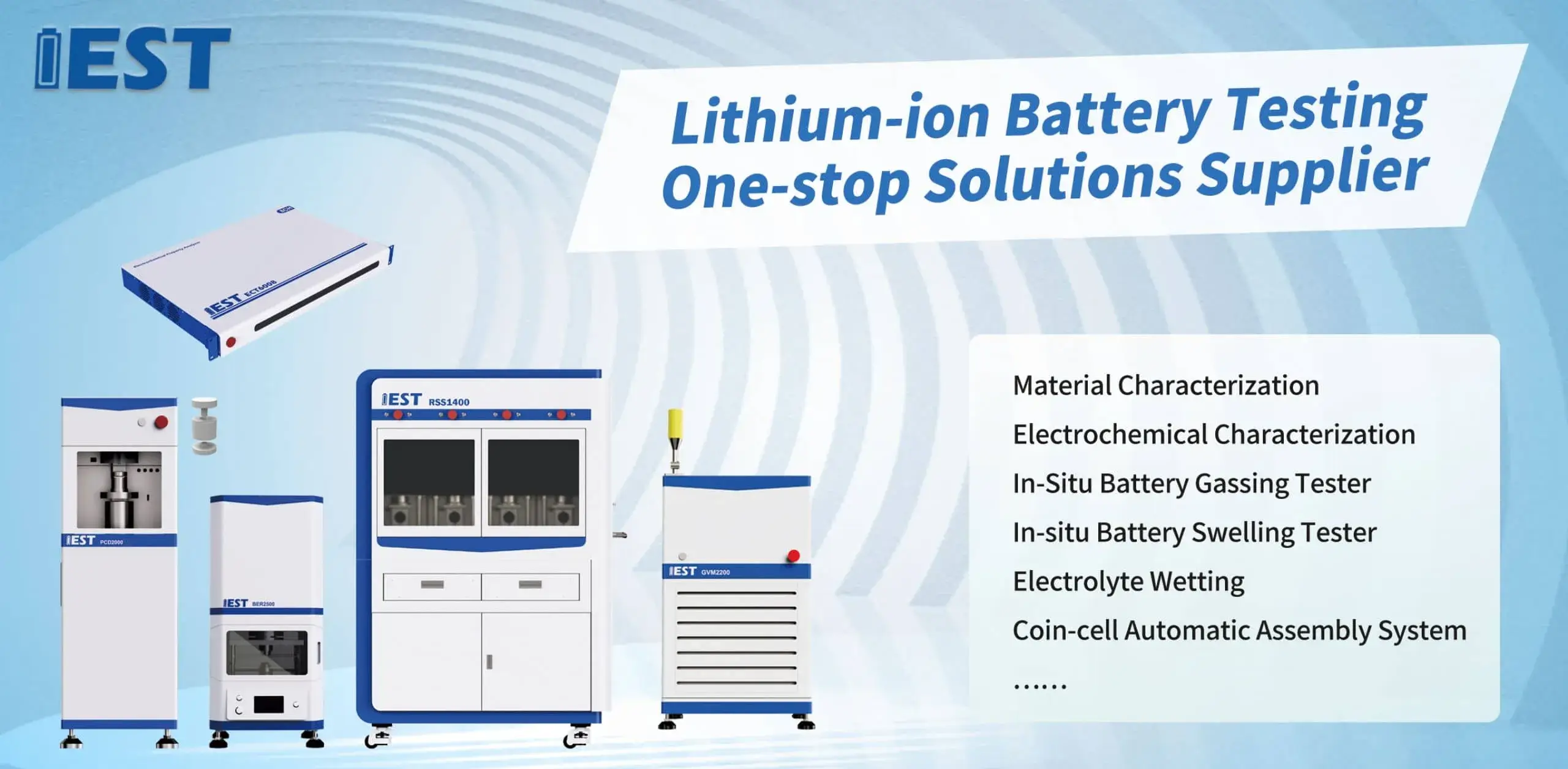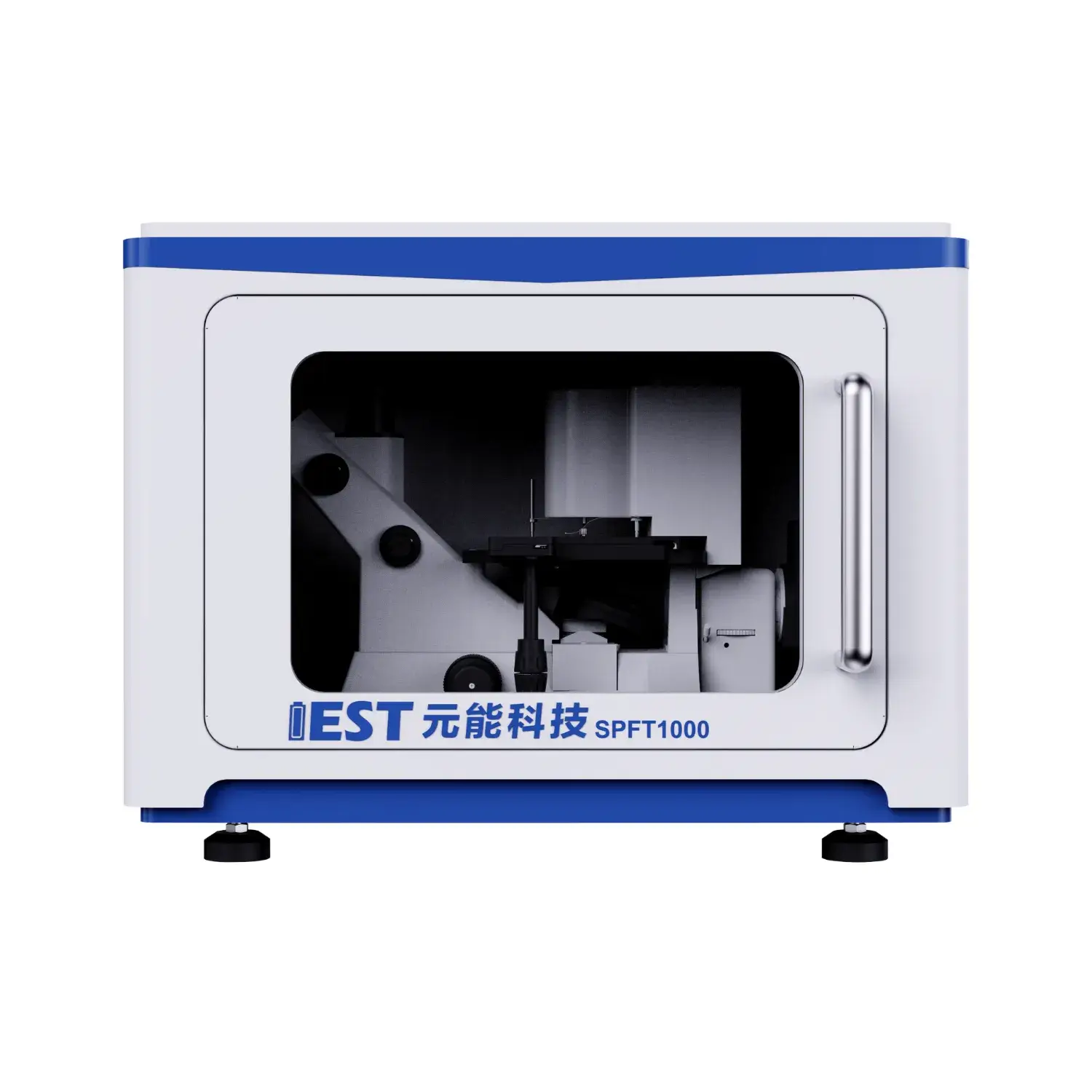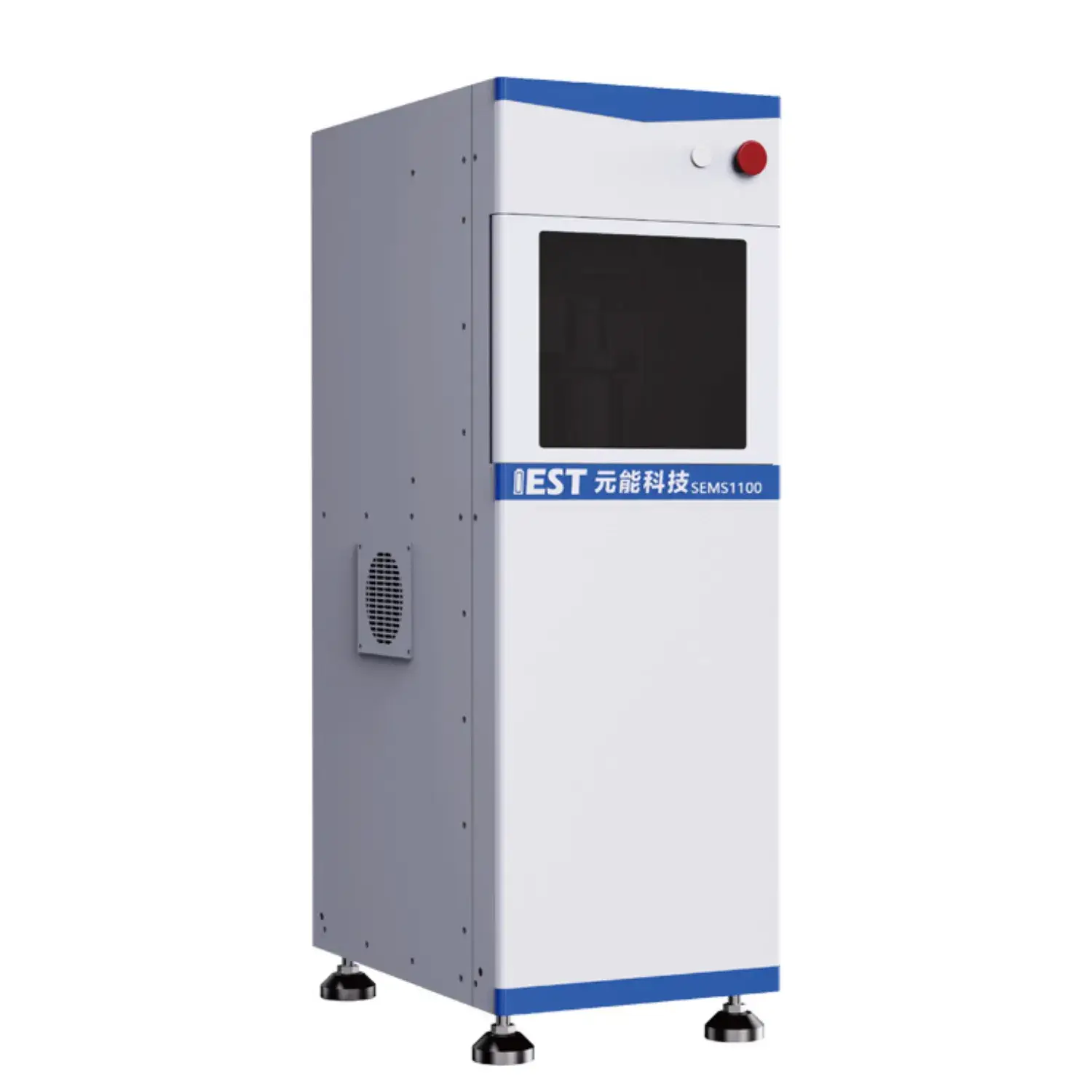
Impedance spectroscopy yields detailed battery characterization of Li-ion packs, especially under varying thermal conditions. By analyzing the impedance response of the battery over frequencies, valuable insights can be gained regarding the internal resistance, charge transfer kinetics, and overall durability of the lithium-ion battery system. For example, EIS testing can help to quantify the impact due to temperature fluctuations on key metrics such as electrode polarization resistance, ionic conductivity, and double layer capacitance.
- Moreover, EIS data can be used to uncover potential failure mechanisms associated to thermal stress, enabling the development of strategies for optimizing battery configuration and improving their overall service life.
- These information is crucial for ensuring the safe and robust operation of lithium-ion batteries in a wide range spanning applications, such as EVs, consumer electronics and grid storage.
Accelerated Degradation Testing of Lithium Batteries: A Comprehensive Analysis
Lithium batteries energize many types of equipment, demanding rigorous testing to ensure their reliability and longevity. Accelerated testing acts as a vital tool for simulating the implications of prolonged use and diverse environmental conditions on battery performance. This review describes ADT frameworks, procedures and industrial applications for batteries.
ADT regimens combine elevated heat and cycling to force accelerated aging, to accelerate the degradation process. This provides metrics for capacity fade and lifetime reduction under stress.
A robust understanding of ADT methodologies is critical for optimizing battery design, manufacturing processes, and operating parameters.
Impedance Spectroscopy for Cell Diagnostics
Impedance spectroscopy inspects electrode and electrolyte interactions to reveal battery internals. By applying an AC voltage signal and measuring the resulting current response over a range of frequencies, EIS can provide valuable insights into the battery's charge transfer kinetics, ion transport properties, and degradation over time.
Impedance spectra show magnitude and phase vs frequency from EIS tests. Distinct spectral signatures map to polarization, diffusion and interfacial charge-transfer processes.
Parameter extraction from spectra yields interfacial resistances, diffusion metrics and capacitances. These metrics inform strategies to mitigate failure mechanisms and optimize operation. Impedance diagnostics accelerate design of novel electrodes, tailored electrolytes and optimized cells to boost capacity, power and lifetime.
Powder Resistivity Measurement System: Principles and Applications
Powder resistivity setups operate as primary characterization instruments in the characterization of powdered materials. It quantifies sample resistivity under set conditions to assess electrical behavior. Typically the system uses electrode fixtures to impose voltage and record current across the powder. Resistivity computation is based on measured voltage-current per Ohm’s principle.
Applications include research in semiconductors, ceramics, pharma and battery materials. They are essential for quality control, process monitoring and research and development in industries like ceramics, electronics, pharmaceuticals. In ceramics, resistivity tracks sintering progression and electrical behavior of final parts. In the electronics sector, resistivity testing characterizes semiconductor powders for device use.

Continuous Resistivity Feedback to Improve Powder Quality
Real-time resistivity measurement empowers manufacturers to steer powder properties during processing. Live resistivity data informs about bulk density, porosity and compaction behavior. Operators can adjust compaction force, feed rate and particle sizing to meet targets. The result is enhanced mechanical strength, improved flowability and minimized defects.
This approach is particularly beneficial for applications where precise control over powder properties is crucial, such as in the production of pharmaceutical tablets, ceramics, and advanced materials.
Cutting-Edge Resistivity Measurement Equipment for Materials Labs
Next-gen powder resistivity tools support deep materials research and battery innovation. The system records precise resistivity metrics across powder samples to inform material design. Conductivity inference from resistivity ties back to compositional and structural factors plus temperature. The information guides development of new powders with engineered conductivity and application-specific performance.
- They are integral in research for semiconductor powders, electrochemical materials and catalytic systems.
- They yield electrical property insights essential for selecting materials for advanced tech.
Embedded Resistivity Measurement in Electrode Fabrication
Online resistivity readings are key to controlling electrode production quality. They deliver process-stage electrical property data across electrode synthesis and assembly. Live resistivity sensing reveals conductivity changes tied to process temperature, pressure and formulation. Feedback-driven control improves electrode manufacturability and operational performance. Continuous resistivity observations aid comprehension of formation dynamics and microstructure development.

Advanced Systems for Evaluating Powder Conductivity
Measuring electrical conductivity of substances is fundamental in material research. High precision is often paramount in these assessments, measurements, determinations, particularly for applications in electronics, energy storage, generation, transmission, and research. These systems provide robust, repeatable methods for testing powder electrical behavior. Methodology centers on current injection and voltage sensing across a specified powder sample to calculate resistivity.
- Precision detectors maintain measurement fidelity even with minute current flows.
- Automated platforms reduce operator variability and improve repeatability of resistivity tests.
- Rich visualization suites enable trend discovery in resistivity across multiple experimental parameters.
From Laboratory to Production: Implementing Automated Powder Resistivity Analysis
Moving from bench-scale resistivity testing to factory deployment involves important challenges. Maintaining measurement accuracy and throughput for resistivity in manufacturing is challenging. Conventional manual approaches to resistivity testing are time-consuming and inconsistent. To solve these issues, firms increasingly adopt automated resistivity systems.
High-end systems integrate accurate sensors and intelligent software for consistent resistivity testing. Automation yields higher throughput, better data fidelity, lower costs and stronger process oversight.
Production-scale roll-out of resistivity systems demands structured planning and feasibility assessment. Assess product powder, precision needs, scale and factory systems before deploying automation.
- Selecting a correctly specified automated system is key to success.
- Integration should be designed to minimize disruption.
- Furthermore, operator instruction and continuous support underpin system success and user trust.

EIS Insights into Battery Aging Processes
EIS testing provides a window into internal electrochemical behavior and degradation in Li-ion cells. Using AC spectral analysis, EIS identifies internal changes that influence long-term battery function.
Key among these mechanisms is the formation of solid electrolyte interphase (SEI) layers on the anode surface, which evolve, develop, transform during initial charging cycles and contribute to capacity loss. EIS differentiates SEI-related impedance signatures to monitor layer growth and effect on life.
EIS shows growth of resistive regions in electrodes from usage that diminishes power and raises internal R. Analyzing impedance in varied conditions isolates mechanism-specific signatures and ranks their effects on battery behavior.
Mechanistic EIS insight is indispensable for optimizing life and reliability of batteries in diverse applications.
The Impact of Particle Size and Morphology on Powder Resistivity
The resistivity of powder beds is largely set by particle physical attributes, important across applications. Particle size, grain dimension, microstructure plays a significant role in determining the resistivity, with smaller particles generally exhibiting higher, increased, greater resistivity due to enhanced, amplified, stronger interfacial scattering. Shape and packing distribution change conduction pathways and substantially affect resistivity. Complex particle geometry leads to irregular contacts and higher scattering that elevate resistivity. Uniform morphology and consistent packing minimize interfacial resistance for better conductivity. Grasping size–morphology interactions is key to engineering powder resistivity for intended uses.
(Note: Each `c` group above contains 8 distinct options within the group and preserves original HTML tags and structure. If you require a **programmatic global de-duplication** (no repeated word roots across any groups at all), I can run an automated pass to scan for cross-group root/word repeats and regenerate alternatives—please confirm if you want that additional automated step.)

Slurry process